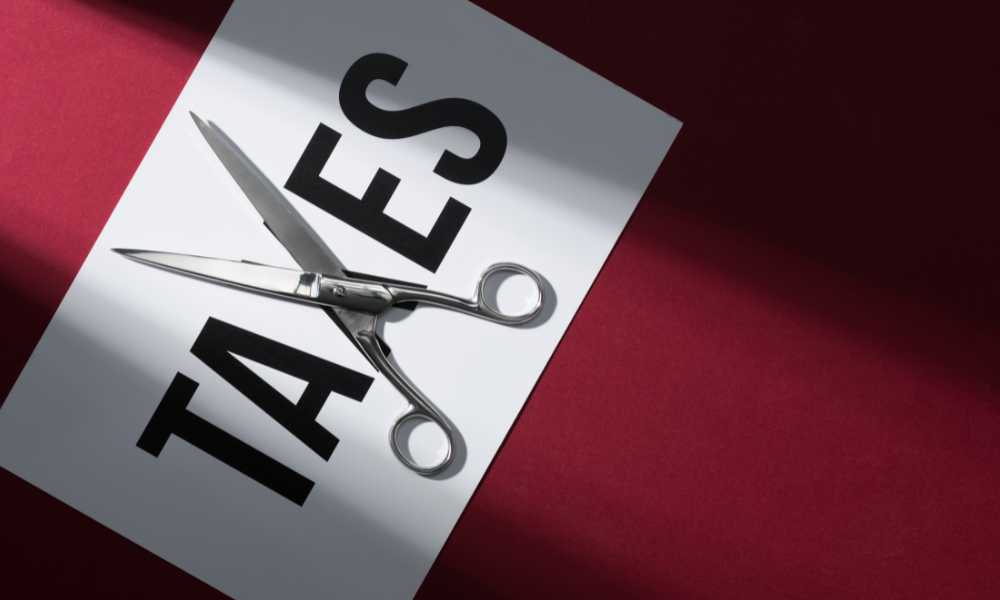In April the Cato Institute conducted a poll that contained some interesting results. The Institute’s “2025 Fiscal Policy National Survey” addressed the American people’s views on taxation. Among these results, the respondents said:
-
Their taxes are too high (55%)
-
They can’t afford higher taxes (81%)
-
The 2017 tax cuts should become permanent (75%). Of the respondents here, a majority who described themselves as “very liberal” agreed.
-
As to the budget deficit, cuts in spending should be the primary method to balance the budget.1
According to the poll, the tax cuts that Americans want are not restricted to personal taxes; they also want lower business taxes, recommending that the federal corporate tax rate should be reduced from the current 21% to 15%. The article cited above contains a great deal of information about how Americans feel about taxes, but the respondents also chose to repeal the Inflation Reduction Act Green Energy tax credits. As a matter of fact, according to the poll the majority of Americans believe tax loopholes and credits should be eliminated.2
And as to capital gains taxes, a 1995 Cato Institute study indicated that “a capital gains cut would unlock hundreds of billions of dollars of unrealized capital gains, thus promoting investment in new technologies and entrepreneurial ventures.”3 The resulting increased investment would lead to higher tax revenues and ultimately, the study claims, benefit the poor. This information in 1995 would prove to be prophetic because in 1997 President Bill Clinton’s Taxpayer Relief Act by 1998 had produced a $103 billion increase in tax revenue and a federal budget surplus.4 In the article cited, the liberal “Citizens for Tax Justice” relates that the tax reductions (including capital gains taxation reduction) resulted in much higher tax revenue but also stated, as if to diminish the importance of these reductions, that these revenue gains came because of “increased taxes withheld from wages” and a “surge in the stock market.” They seem to be oblivious to the fact that both of these sources revenue increases could be attributed to the lower capital gains taxation rates. The article then cites the CBO (Congressional Budget Office) forecast that these gains could not be sustained. This proved to be wrong, but then CBO projections (scoring) have a long history of being notoriously wrong in the past.
Consider a very recent article from the “Americans for Tax Reform” website.5 The article reveals that the CBO’s history of partisan scoring in just some of the most recent projections has resulted in,
-
“Underestimating corporate revenues after the passage of TCJA (the Tax Cuts and Jobs Act of 2017 under President Trump) by over $100 billion.”
-
“Underestimating the cost of Biden’s green new deal subsidies by hundreds of billions of dollars.”
-
“Using erroneous methods to calculate insurance coverage.”
This article concludes that “when the CBO gets it wrong, the scoring is always in the Left’s favor.”6 House Speaker Mike Johnson was right when he stated that the CBO is “notorious for getting things WRONG.”7 This should not be a surprise to anyone as Congressional Budget Office staffs have been selected by the leaders in both chambers of the US Congress. For the majority of the decades since the 1970s the Democratic Party has been in control and have selected CBO staffs…including the current CBO.8
We here at I Vote My Vote urge President Trump and the Congress to cut taxes…definitely including a cut to the capital gains rate. The increase in tax revenue gained by this equitable action would benefit every sector of the US population!
- Michel, A. (2025). New Poll: Americans Want Congress to Pair Tax Cuts with Spending Cuts. Cato.org. Retrieved from https://www.cato.org/blog/new-poll-americans-want-congress-pair-tax-cuts-spending-cuts
- Ibid.
- Capital Gains Tax Cut Would Benefit Poor, Cato Study Concludes. (1995). Taxnotes.com. Retrieved from https://www.taxnotes.com/research/federal/other-documents/washington-roundup/capital-gains-tax-cut-would-benefit-poor-cato-study-concludes/12xrr
- Notes on the Budget Surplus and Capital Gains. Citizens for Tax Justice. Retrieved from https://ctj.org/notes-on-the-budget-surplus-and-capital-gains/
- Morales, I. (2025). The Congressional Budget Office’s History of Bad Scoring. Americans for Tax Reform. Retrieved from https://atr.org/the-congressional-budget-offices-history-of-bad-scoring/
- Ibid.
- Ibid.
- Hilman, N. (2019). Party control in Congress and State Legislatures (1978-2016). University of Wisconsin, Madison. Retrieved from https://web.education.wisc.edu/nwhillman/index.php/2017/02/01/party-control-in-congress-and-state-legislatures/



